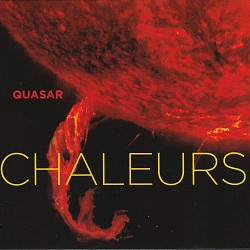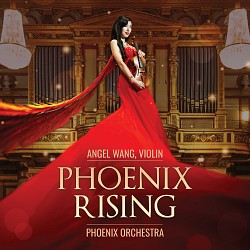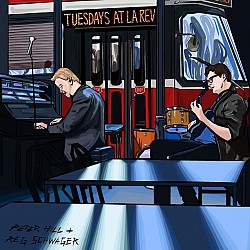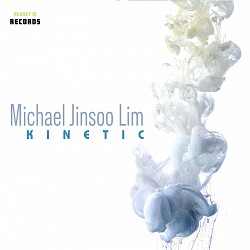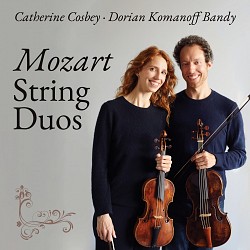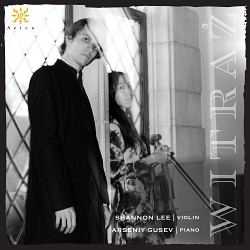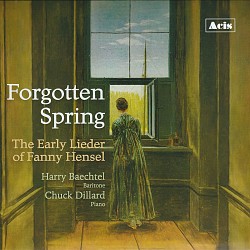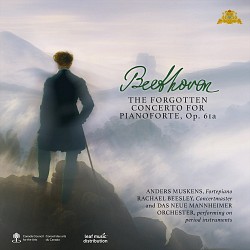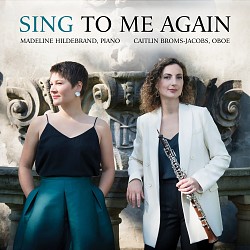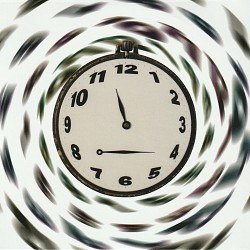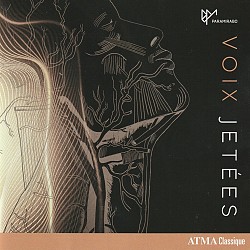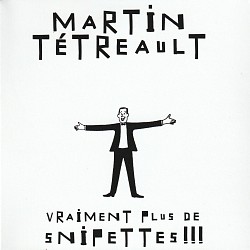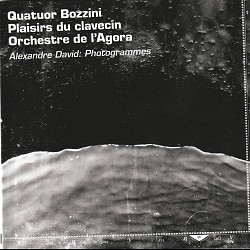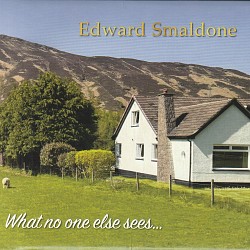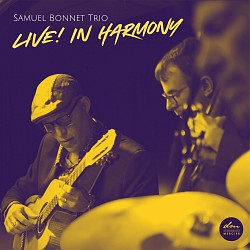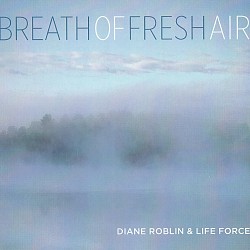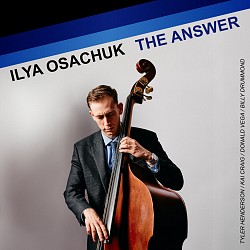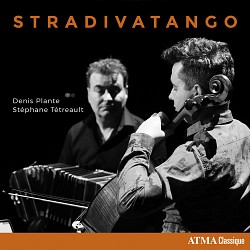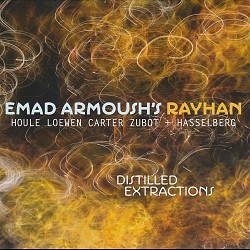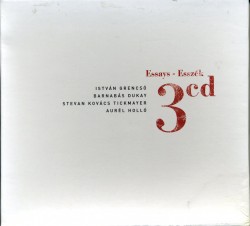 Essays-Esszék
Essays-Esszék
Barnabás Dukay
Adyton/Hunnia Records HRCD 1726 (hunniarecords.com)
Read the Review
The following review is an excerpt from Something in the Air (December 2018 / January 2019) which can be read in its entirety in its entirety here.
A thriving but little-celebrated slice of the international jazz scene is in Hungary, and the appropriately titled Essays-Esszék (Adyton/Hunnia Records HRCD 1726 hunniarecords.com) offers improvisational dissertations in three configurations by two major Magyar improvisers, multi-reedist István Grencsó and keyboardist Barnabás Dukay. CD1, Waiting has Grencsó moving among saxophones, clarinets and flute, while Dukay sticks to piano, with both joined by associate Steven Kovács Tickmayer playing piano, samplers and electronics. CD2, Ritual Music, matches Grencsó’s soprano and tenor saxophones with Dukay playing church pipe organ. CD3, Two Visions Heard, is a live session from a Budapest club where Grencsó’s soprano and alto saxophones and bass clarinet and Dukay’s piano are joined by percussionist Aurél Holló. Ignoring the ecclesiastical canon on CD2, Dukay uses the dual keyboard vibrations as tersely as he plays piano. Here he downplays glissandi and cascades for minimal layering and slow-moving tone affiliations, allowing Grencsó to change interpretations from emotional tenor-saxophone storytelling to buzzing soprano sax lines that hiss as if propelled from a bagpipe blowstick and chanter. Tickmayer’s electronics create the continuum on Waiting, allowing more flow between the piano of Dukay, who is an academic, and the reed collection of Grencsó, who has been a major Hungarian jazzer since the late 1970s.
Tracks such as Bud and Blossom point out subtle differences in approaches. On the first, while the pianist plinks and stops high-pitched notes in a serious manner, as if Arthur Rubinstein were playing a toy piano, the tenor saxophonist’s basso blowing mixed with circular breathing suggest a marriage between Archie Shepp and Evan Parker. Both players bond quickly though, which sets up the following Blossom as a restrained intermezzo. As echoing tones hang in the air, Grencsó’s moderato bass clarinet flurries extend the exposition leisurely, as Dukay’s piano responses are speedier and expressive – with electronic samples providing the perfect ostinato.
In the freer club setting, prodded by Holló’s minimalist percussion, the pianist and reedist play at greater lengths, especially during the nearly 44-minute Part 1. As Grencsó restrains his output to minimalist shading, Dukay’s hesitant soundboard stops amplify powerfully to meet the saxophonist’s relaxed asides. Cold, isolated keyboard notes magnify to sweeps, allowing the narrative to quickly turn percussive as reed split tones are introduced. Still it’s the saxophonist’s mellow sluices that propel the narrative. Finally an unexpected change of pace in the penultimate minutes has Holló’s vibe-like clatters torquing the sequence as the piano explodes with contrasting dynamics and the saxophonist projects unbroken cadences with innumerable theme variations. Wrapping up the track with cultured tones, a final unsettling reed quack posits the concept that high-quality improvising doesn’t have to be solemn.
- Kenny Wheeler Legacy: Some Days are Better - Royal Academy of Music Jazz Orchestra; Frost Jazz Orchestra 25-05-24
- Old Adam on Turtle Island - Dikeman/Hong/Lumley/Warelis 25-05-23
- Hommage à Galina Ustvolskaya - Steve Swell’s Imbued With Light 25-05-23
- Something in the Air | Multiple Musical Sets Celebrate Different Milestones and Achievements - June 2025 25-05-22
- Temporal Driftness - Floris; Bauer; Hertenstein 25-04-04

